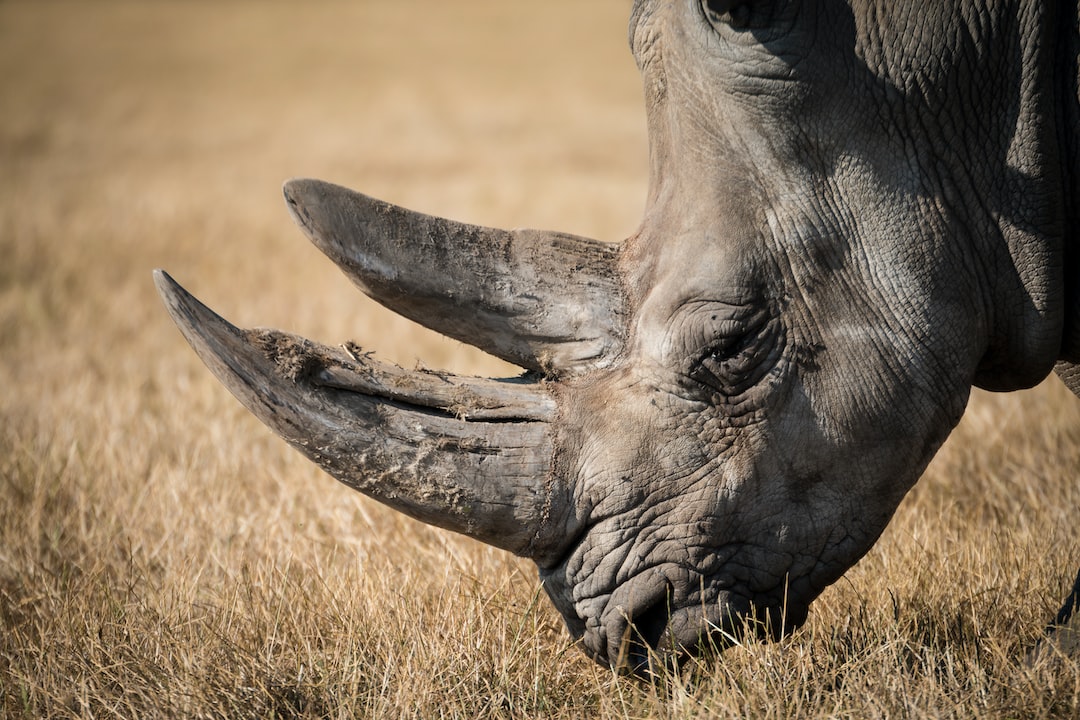Animals have a natural instinct to know what to eat and what to avoid. This instinct is crucial for their survival in the wild. Eating the wrong thing can make them sick, or worse, lead to death. Therefore, it is essential to understand how animals know what to eat and what to avoid.
One of the primary ways animals know what to eat is by associating certain smells and colors with food. For example, vultures can smell dead animals from several miles away, and hyenas can detect the scent of a dead carcass from miles away. This association helps them find food and avoid eating something that is not safe.
Similarly, animals can also recognize the taste and texture of food. For example, herbivores like cows can differentiate between different types of grass and choose the ones that are most nutritious. On the other hand, carnivores can recognize the texture of muscles, organs, and bones, which helps them choose what to eat and what to avoid.
Another way animals know what to eat is by learning from their parents and peers. For example, young animals learn what to eat by observing what their mothers eat. They also learn from other members of their group or herd. This learning process helps them develop a taste for what is safe and nutritious to eat.
In addition to learning, animals can also develop preferences based on their experiences. For example, a bird that eats a poisonous seed will learn to avoid that seed in the future. Similarly, an animal that eats spoiled food will learn to avoid it next time.
Lastly, animals also have a natural instinct to avoid anything that appears different or new. This instinct is helpful in preventing them from eating something that is toxic or harmful. Suppose an animal encounters a new type of plant or substance that it has not seen before. In that case, it will most likely avoid it until it learns whether it is safe or not.
In conclusion, animals have a complex set of instincts and behaviors that help them know what to eat and avoid. They can recognize smells, tastes, textures, and colors to find safe and nutritious food. They can also learn from their parents and peers and develop preferences based on their experiences. Furthermore, animals have a natural instinct to avoid anything that appears different or new, which helps them avoid eating something that could be dangerous or toxic. All of these behaviors and instincts are essential for their survival in the wild.
